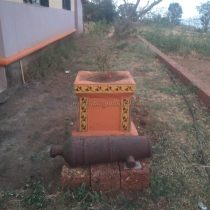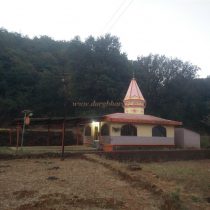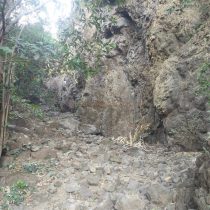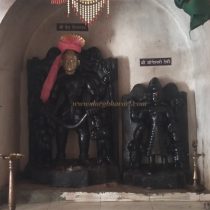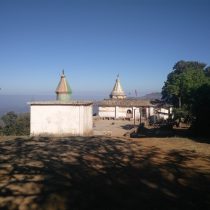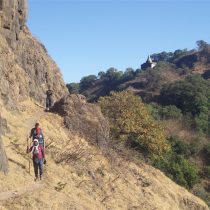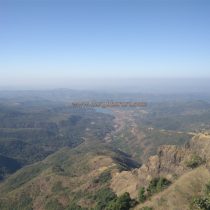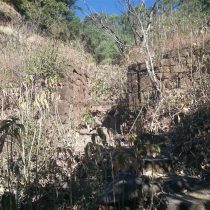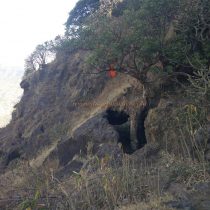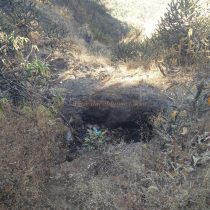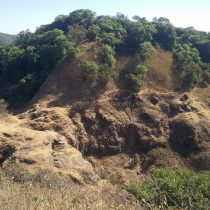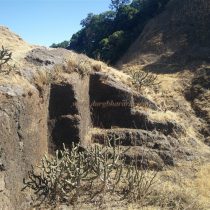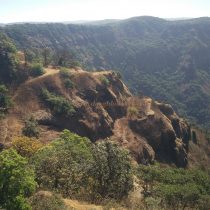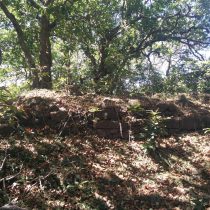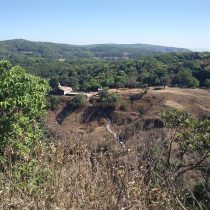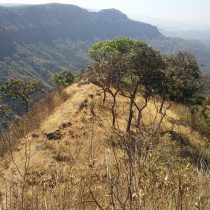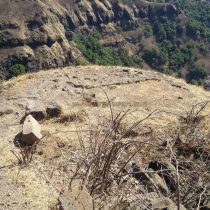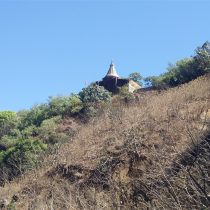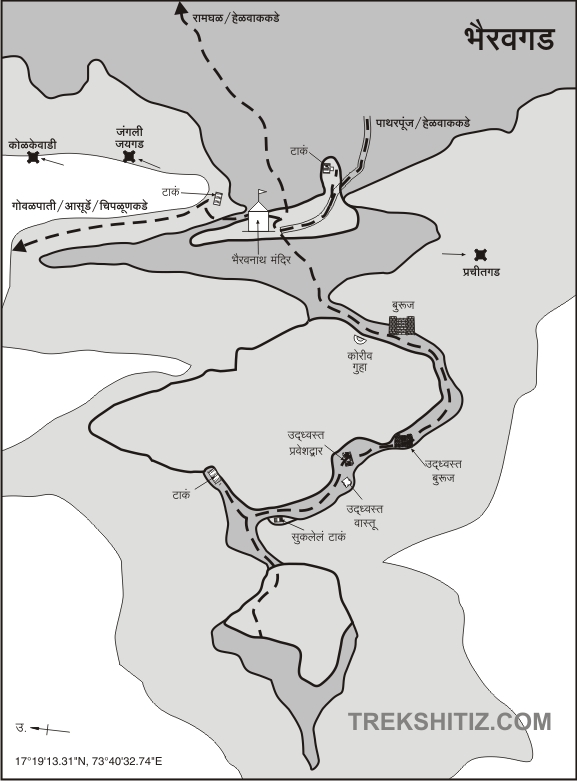BHAIRAVGAD-SATARA
TYPE : HILL FORT
DISTRICT : SATARA
HEIGHT : 2920 FEET
GRADE : HARD
For two thousand years, people from Konkan are using the wharf routes for traveling purposes. The then kings built these wharves for trade and later forts were built on the shoulders of the Sahyadri to protect these wharves. The entire Sahyadri was adorned with forts on different stages. One of these forts is Bhairavgad, a fort surrounded by dense forest. There are five Bhairavgad’s in Maharashtra. Bhairavgad in Patan taluka of Satara district is connected to the mainline of Sahyadri by a small footpath. Vasota, Prachitgarh, Pali fort, Jungati fort, Jangli Jaigad, and Bhairavgad forts can be seen in this range of Sahyadri. There are many ways to reach Bhairavgad, although the two main ways to reach the fort is Patharpunj from Satara and Pate in Konkan.
...
The first route is Satara-Patan-Goware-Patharpunj-Bhairavgad and the distance is 90 km. The last 15 km of this road is unpaved as it is a sanctuary and only vehicles like jeeps can pass through this road. As the Bhairavgad Sanctuary Tiger Project was declared in 2012, the forest department has set up outposts on the dirt road from Helwak to Patharpunj and has made strict entry rules. It is forbidden to carry plastic items in the sanctuary. The entry fee is Rs 30 per person, Rs 150 per vehicle, and Rs 300 for a guide. This vehicle takes us directly to Bhairavnath Temple. As both Bhairavnath Temple and Bhairavgad are in the sanctuary, it is strictly forbidden to stay here and if you stay in the sanctuary after 5 pm, a large fine is levied. You cannot access the sanctuary in monsoon season and on certain days. The second path to the fort leads directly to the Bhairavnath temple from the foothills of the village Pate in Konkan. The distance between Chiplun-Asurde-Talwade-Govalpate is 45 km. The 4 km road in the last phase is unpaved and the road on the right leads to Gowal village and the road on the left leads to Pate village. There is an S.T. bus facility from Chiplun to reach Pate village. Accommodation is available at the Hanuman Temple in Pate village. In the courtyard of this temple, you can see a half-broken cannon. The steps from Pate village take you to the plateau below Bhairavgad in an hour. In the next 1 hour, we reach the front of the Bhairavnath temple on the bank of the valley. It takes 2 hours to reach here from Pate village. This ancient temple, which once had a tiled roof, has now taken the form of cement-concrete. The origin of the name of fort Bhairavgad comes from the name of Bhairavnath temple. The temple has two skantam, one with idols of Goddess Kalbhairav and Jogeshwari and the other with idols of Vithalai, Lakshmi, and Waghjai. These idols are made out of black stones and are 2.5 to 3 feet high. There is a small Tulshi Vrindavan in the temple premises and on the right side of the temple, fortlover have erected a small metal statue of Shivaji Maharaj on a rock. 30-40 people can easily stay in this temple if they are ready to face the action of the forest department. It is dangerous to stop outside as there are various wild animals there. Behind the temple, there is a path leading down to Durgwadi village in Konkan. After walking some distance along this path, there is a small square well with perennial water. Apart from this, if you walk on the dirt road coming from Patharpunj to the temple, you will see a path descending into the valley on the left. After descending some distance along this path, you can see a water cistern. Bhairavgad fort is located on the hill in front of the temple and is connected to the main range of the Sahyadri by a narrow stream. On the left side of the temple, on the footpath leading down to the village of Pate, a fortified bastion can be seen. This bastion should have been the first north-facing gate of the fort, but today there are no remnants of this gate. On the other side of the valley, there is another collapsed south-facing gate with a bastion on the edge of the valley. Today only the bottom part of this door remains. There is a third south-facing gate on the top of the hill. Only the walls adjacent to this door remain and the upper arch is completely demolished. On the left side of the road, there is a water cistern carved in a rock, but it is only visible when you go to the front part of the hill. There are two water cisterns at the back of the fort. One of the tanks is dry and the water in the other tank is mossy. Bhairavgad is made up of two hills and a steep gorge connecting the two hills spread from south to north. The top of these two hills is spread over about 14 acres and the height of the fort is 2910 feet above the sea level. The path on this ridge leads to the western hill. On this road, you can see a stone quarry for construction and a road leading to the village. The top of this hill is very small and you can see two small quadrangle structures one on the other. On the west side of the hill, you can see another cistern varved in the rock. Anymore remains on this fort are lost in the dense trees. After seeing this hill, when you come to the joint cisterns, you should go to the top of another hill of the fort through the path in the back of this cistern. The top of the hill is quite flat and the main settlement of the fort should be in this area as a large number of houses remains can be seen here. The top of the fort is fortified and you can see the quadrangle structure of a mansion and walls of a fort. On the way down this hill, you can still see the wall-like structure on the slope. Going around the hill this way, you come to the third door you entered through previously, and here your fort round is complete. The forts of Prachitgad, Jangli Jaigad, Vasota, Gunwantgad, and Dategad are visible from the fort. 2 hours is enough to walk around the entire fort. The fort is believed to have been built by Shilahar king Bhoj in the 12th century. This fort is also known as Saranggad and is not very popular. Considering the geographical location and size of the fort, it should be used only for surveillance. The fort was taken over by the Shirke dynasty in the Bahamani period in 1453 by Malik Uttujar. Shivaji Maharaj invaded South Konkan around 1661 and captured Sringarpur. Bhairavgad must have come under their control at the same time.
© Suresh Nimbalkar

